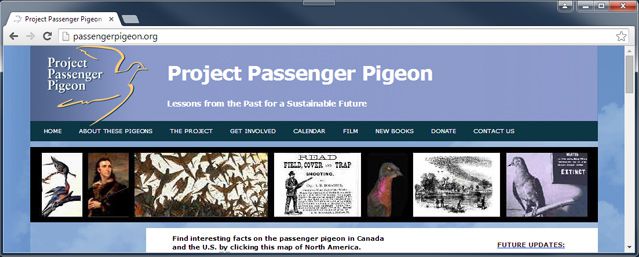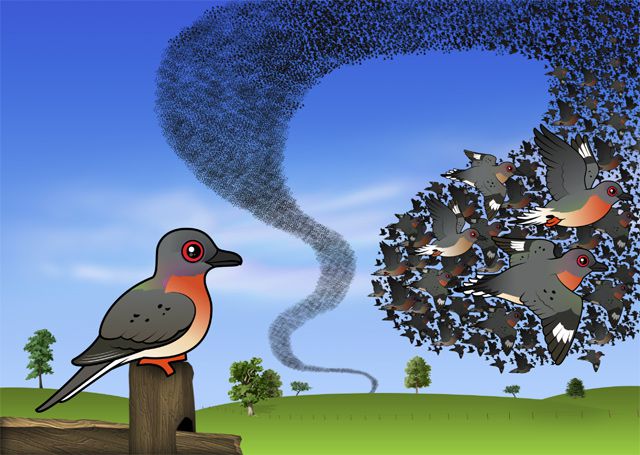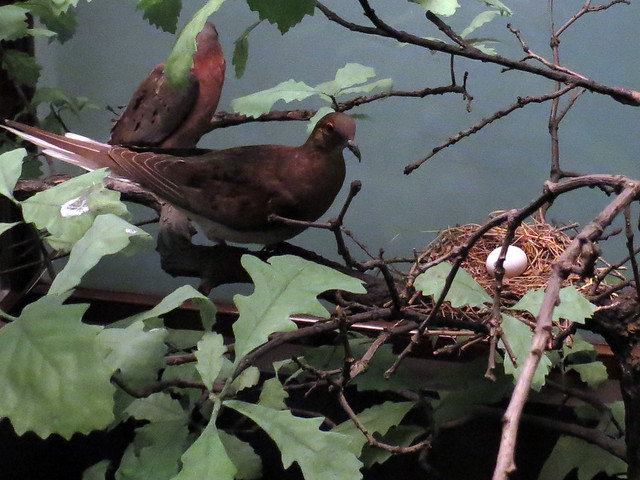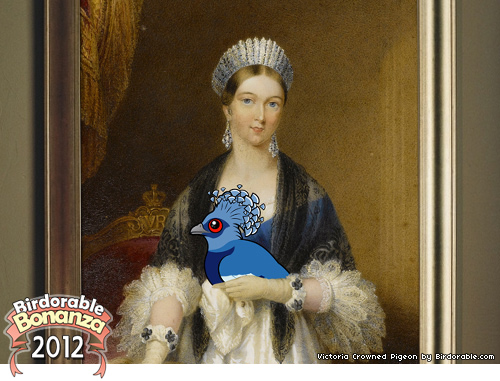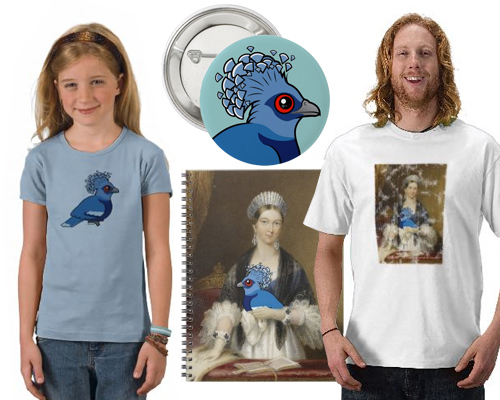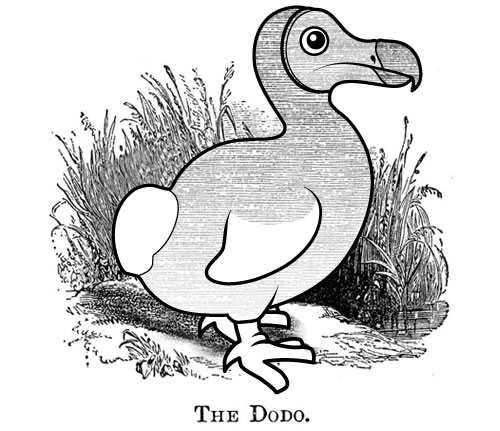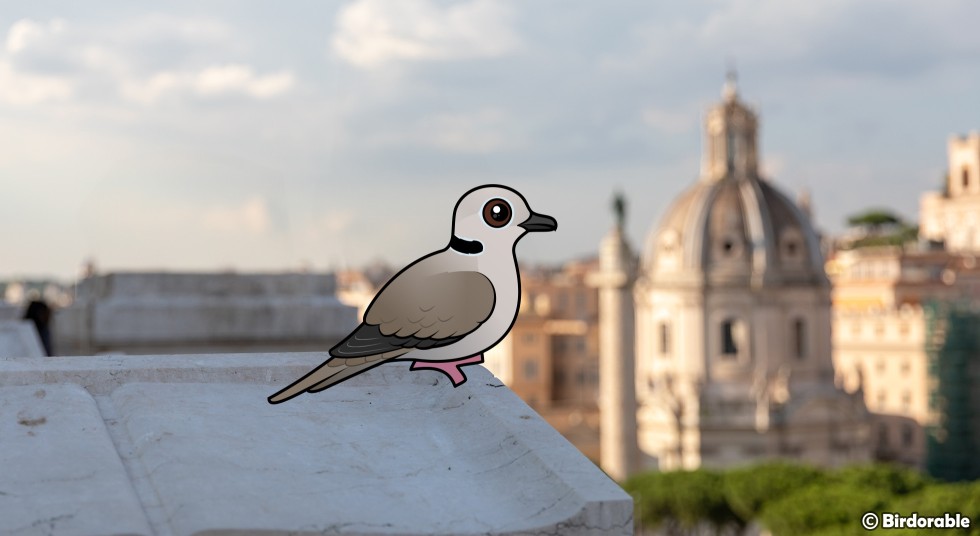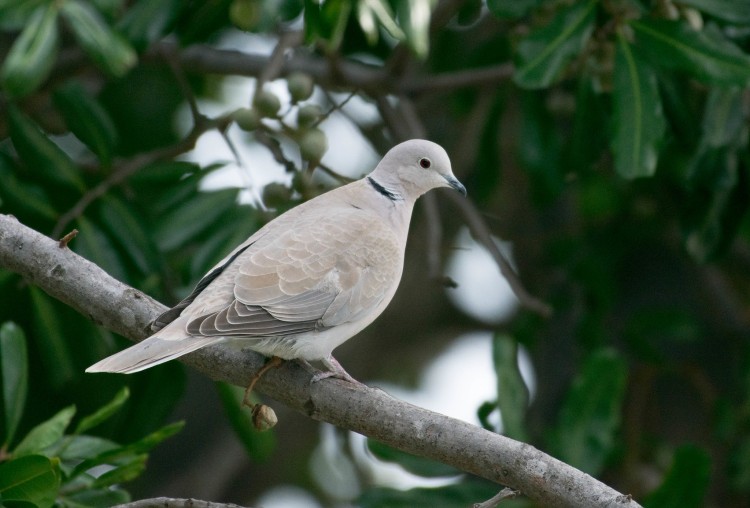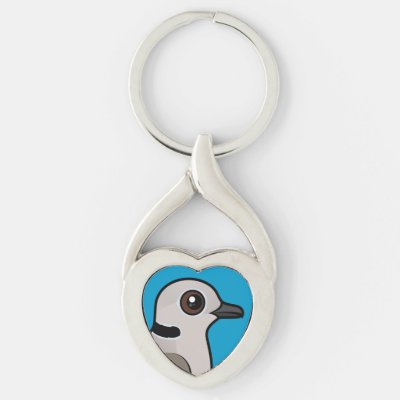Monday, September 1st will mark the 100 year anniversary of the death of Martha, the last of her species, the Passenger Pigeon. With her death our planet lost another species forever to extinction. This week we'd like to share some of the commemorative events and educational opportunities that are taking place to mark this important centenary.
Fold the Flock is a project to help us remember the amazing Passenger Pigeon flocks of the past. The project involves participants folding origami pigeons; their goal is to accumulate a virtual flock of one million folded pigeons by the end of the year. The flock is now just over 300,000 400,000 birds strong.
Participants can download a free PDF origami sheet to fold, or purchase origami kits containing 50 sheets. Folding a origami Passenger Pigeon is fun and easy! The PDF download has clear instructions; this animation of the folding process clearly shows all the steps.
Once you've got the hang of it, using recycled paper can make your flock colorful and unique as well as environmentally friendly. Once you've folded one or more pigeons, add your bird(s) to the flock - an online registry of all of the origami Passenger Pigeons folded by participants around the world.


